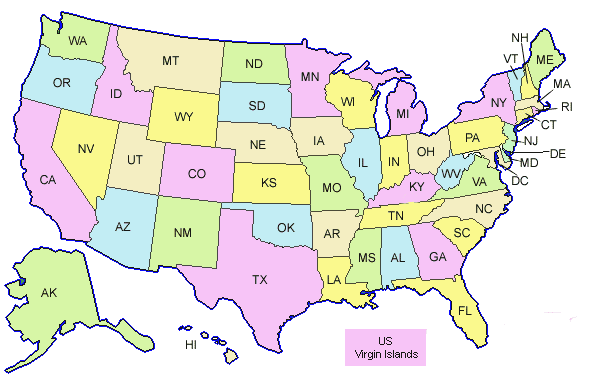California Financial Plans, Medicaid, IV-E, Daycare, Payments
Financial Plans
California permits a child in the legal custody of a Sending State to apply for and receive the following state administered assistance/benefits in California as the Receiving State:
- Medicaid
- TANF Child Only
- TANF–Family
As the Sending state, the following are considered as a viable financial/medical plan when making interstate placements:
- Title IV-E Foster Care
- Title IV-E Adoption Assistance
- Sending State Adoption Assistance
- Medicaid
- Sending State’s Coverage for Medical Assistance
As the Receiving state, the following are considered a viable financial/medical plan when receiving interstate placements:
- Title IV-E Foster Care
- Title IV-E Adoption Assistance
- Sending State Adoption Assistance
- Medicaid
- Sending State’s Coverage for Medical Assistance
Medicaid/Medical Assistance Coverage, Benefits and Services
California will ensure medical coverage benefits and services can be received through benefits, programs and providers in the Receiving State before placing a child across state lines:
Medicaid
The receiving state is responsible for the Medicaid benefits of children eligible under Title IV-E. Otherwise, the responsibility is with the sending state (see Foster Care Payments):
Waiting Period for Medicaid Benefits
Waiting period to apply for benefit assistance:
Waiting period to receive benefits for a child who is under the legal custody/legal jurisdiction of the sending state:
- Other: No waiting period, provided that child is otherwise eligible for California Medi-Cal benefits.
State Medical Insurance/Coverage
As the Sending State, California will provide medical coverage if the child is NOT IV-E eligible:
- Other: California will continue to provide Medi-Cal program benefits to a non-Title IV-E foster care child placed in a group home setting if the group home facility has been certified by California, and the rendering provider is enrolled as a California Medi-Cal provider and is able to bill Medi-Cal directly.
For other placements it will vary on the child's eligibility for medical benefits in the receiving state.
As the Sending State, California will permit Placement Resources to apply for medical benefits in the Receiving State or use their personal insurance:
Payments Made
TANF Payments:
- May be made on behalf of a child(ren) placed with a relative provided TANF eligibility requirements are met.
Adoption assistance payments begin:
- Other, please specify:
AAP benefits may begin any time after the signing of the adoptive placement agreement and the AAP agreement. The date AAP benefits may begin is the date stated on the AAP agreement. If the adoptive parents choose to defer AAP benefits, including Medicaid, they will need to sign a deferred AAP agreement to retain the child’s AAP eligibility prior to the adoption finalization.
Foster Care Payments:
Special Education Payments:
- Other: Determination is the responsibility of the local education
Daycare Payments:
Determination is made by the local sending agency.
Kinship Program
In order for children/youth to qualify for the California KinGAP program, a guardianship must be established with a relative when either the child/youth's dependency or wardship is dismissed concurrently or subsequently to the establishment of the kinship guardianship. Consistent with federal law, California allows KinGAP payments to continue for guardians whose guardianship was established in California and who choose to live out-of-state.
Title IV-E
MEDICAID - The receiving state is responsible for the Medicaid benefits of children eligible under Title IV-E. Otherwise, the responsibility is with the sending state (see Foster Care Payments):
Title IV-E documentation/verification required:
- Yes: To receive California Medi-Cal need verification that children placed in California are under Title IV-E in the sending state.
